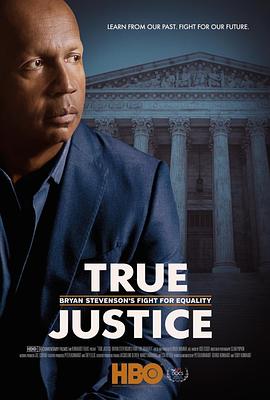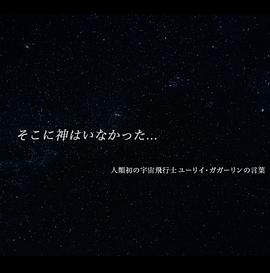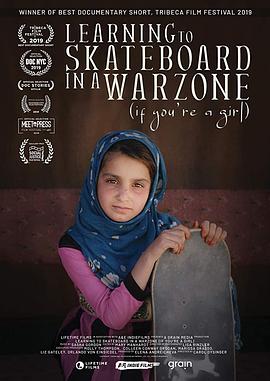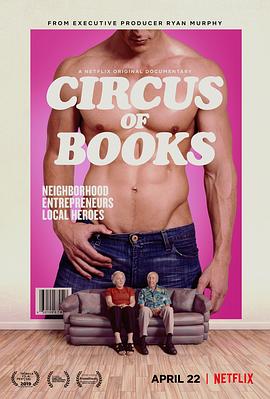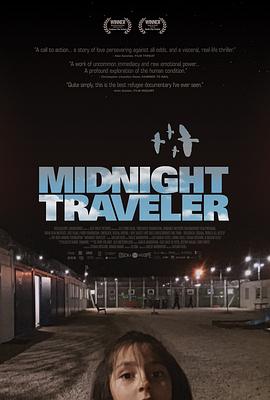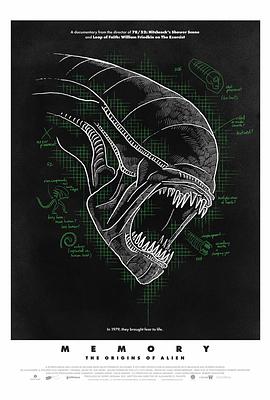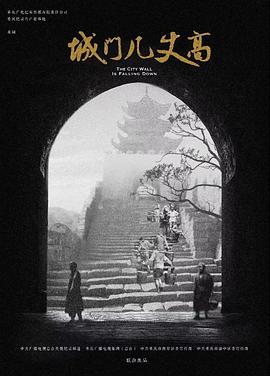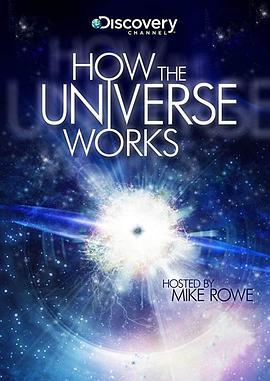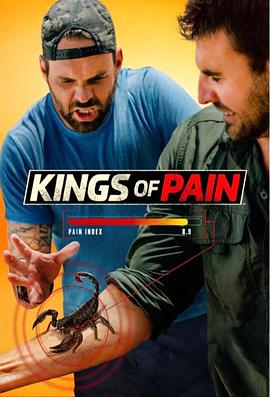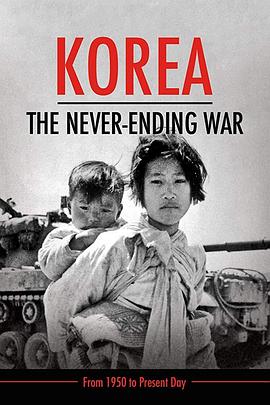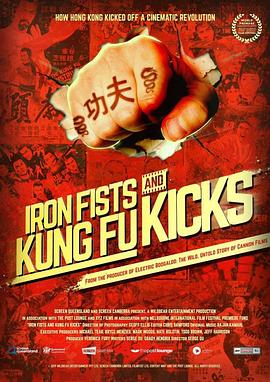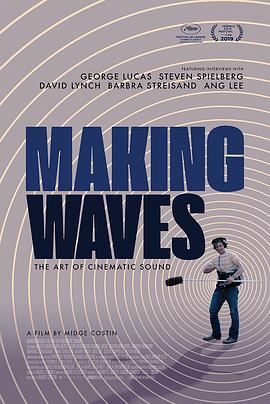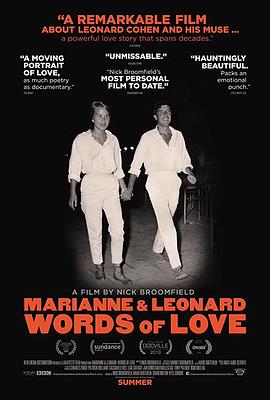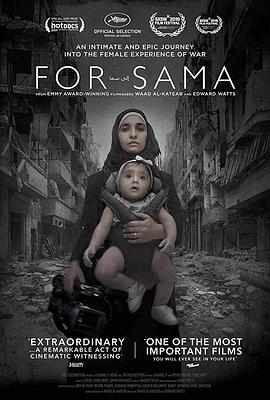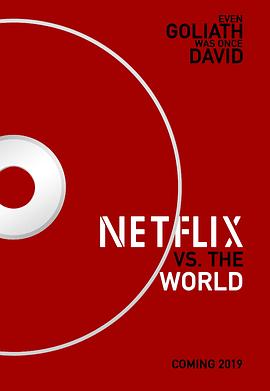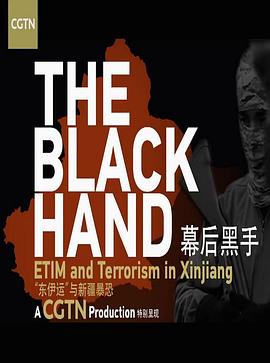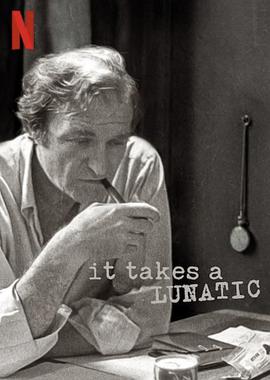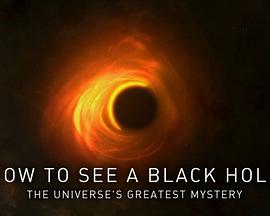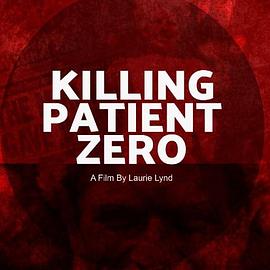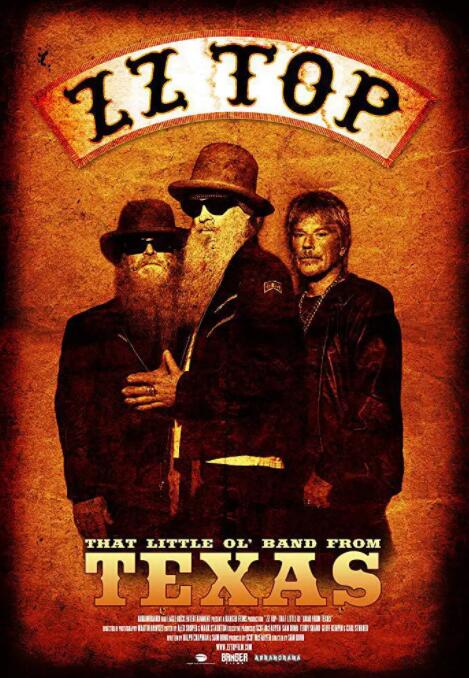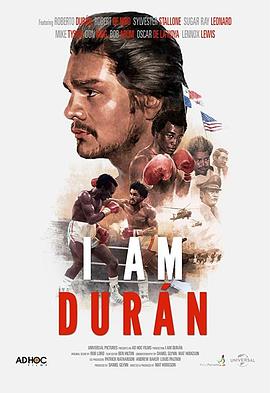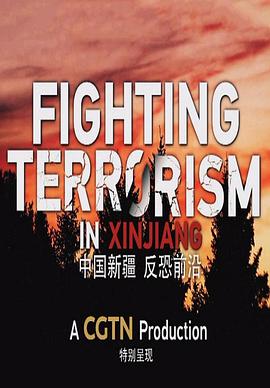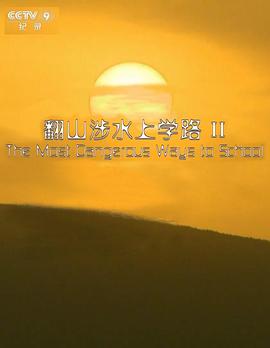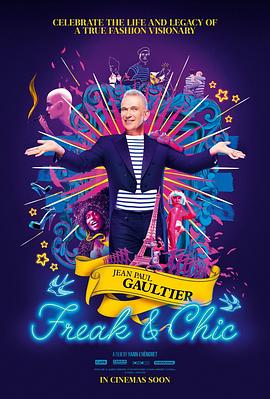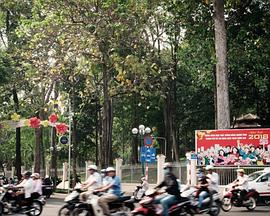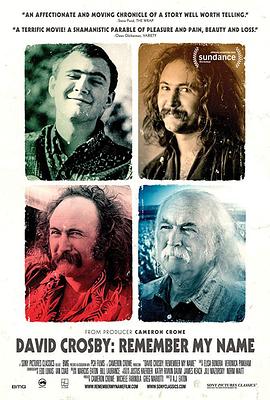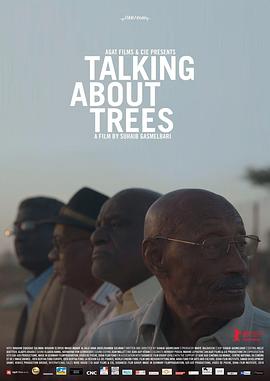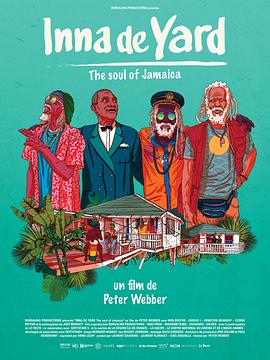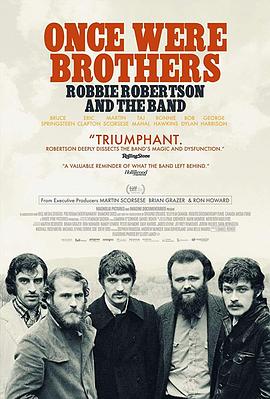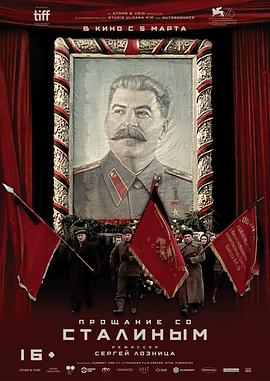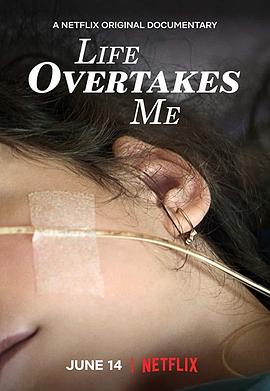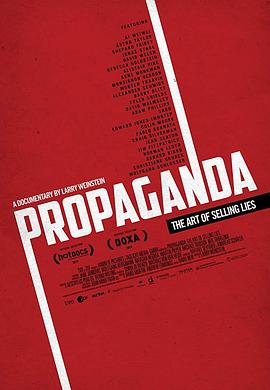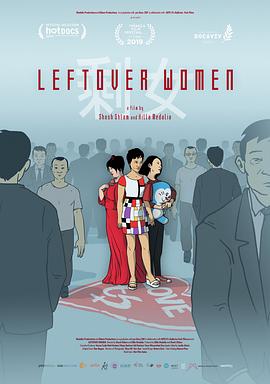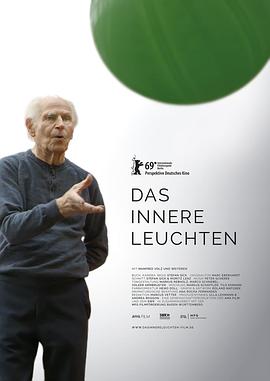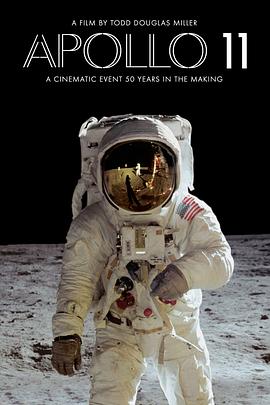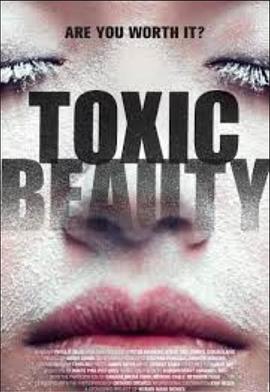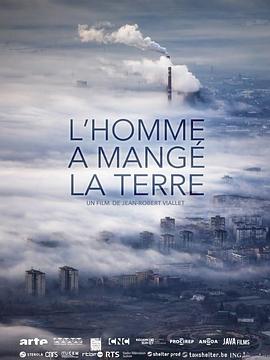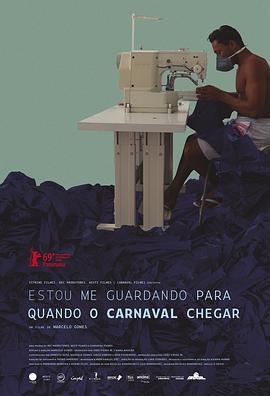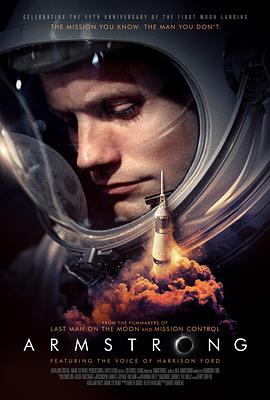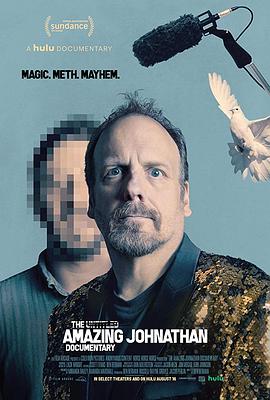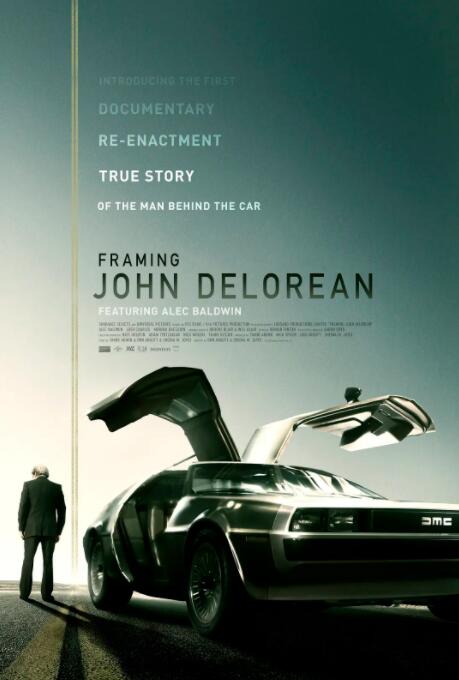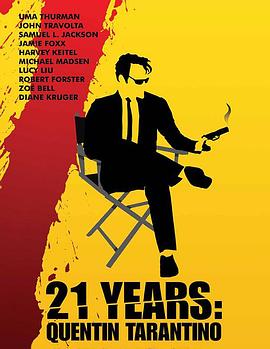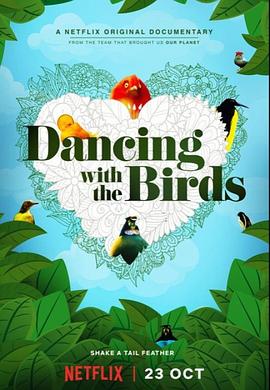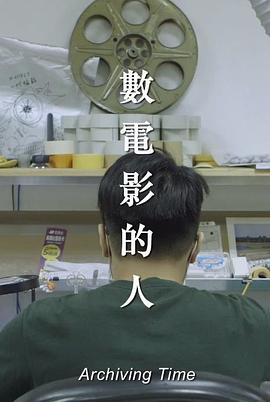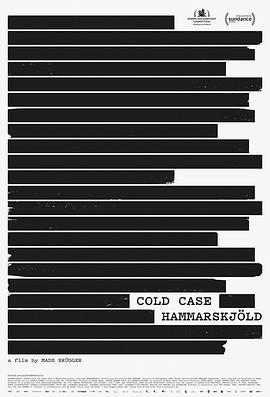影片库
2019连续剧英国
HD
2019连续剧美国
《登堂入会》讲述了四名杰出女性在 2018 年中期选举中,打破了权利平衡,从加入地方选举到对抗强势的在位政客,展现出一番振奋精神、鼓舞人心的景象。亚利桑德娅·欧卡西-科特兹出生于布朗克斯,她的家庭
HD
2019连续剧台湾
HD
2019连续剧美国
HD
2019连续剧日本
HD
2019连续剧英国
A cinematic homage to Peter Rice, one of the most distinguished engineers of the late 20th century
HD
2019连续剧美国
HD
2019连续剧美国
HD
2019连续剧美国
HD
2019连续剧大陆
HD
2019连续剧美国
S7, Ep【嘿叭电影-1080P资源免费观看,无广告,不卡顿】 8 Jan. 2019 Nightmares of Neutron Stars Neutron stars are stran
已完结
2019连续剧大陆
已完结
2019连续剧美国
已完结
2019连续剧其它
HD
2019连续剧美国
韓戰終結於1953年7月27日上午10時,雙方在板門店簽下《朝鮮停戰協定》。一切又重新歸零,留下非武裝區和北緯38度線。由於參戰雙方簽署的是停戰協定而非和平條約,因此從國際法上來講,這場戰爭尚未結
HD
2019连续剧其它
HD
2019连续剧美国
HD
2019连续剧美国
HD
2019连续剧美国
埃里克·阿达尔 Ioan Allen 理查德·路易斯·安德森 凯伦·M·贝克尔 鲍比·班克斯 理查德·贝格斯 安娜·贝尔莫 马克·伯格 罗尼·布莱克利 查德维克·博斯曼 本·贝尔特 瑞恩·库格勒 弗朗西斯·福特·科波拉 索菲亚·科波拉 汤姆·克鲁斯 戴恩·A·戴维斯 彼得·J·戴夫林 Teri E. Dorman 特蕾莎·埃克顿 盖尔·加朵 Jessica Gallavan 朱迪·加兰 杰克·吉伦哈尔 路德维格·戈兰松 简·哈根 西西利亚·霍尔 马克·哈米尔 汤姆·汉克斯 格雷格·赫奇帕斯 贾德·赫希 洛
本片由资深的好莱坞声音编辑米奇·科斯汀执导,揭示了声音在电影中扮演的重要角色。影片主要通过电影声音编辑的视角,结合好莱坞经典电影案例和一些电影大咖的采访构架起叙事,包括乔治·卢卡斯、史蒂芬·斯皮尔
HD
2019连续剧台湾
HD
2019连续剧美国
HD
2019连续剧其它
HD
2019连续剧英国
HD
2019连续剧美国
丹泽尔·华盛顿 罗伯特·雷德福 凯特·玛拉 安东尼·福奎阿 达丝莎·坡兰科 萨米拉·威利 肖恩·利维 德里克·塞西尔 鲍尔·威利蒙 Ted Sarandos Reed Hastings 比尔·麦克尼柯 Mitch Lowe Dawn Chmielewski 本·库珀 David Griffin Didier Allouch Gerrad Hall Guillermo de Mulder Heidi Nyburg
本片基于吉娜·基廷的书《网飞传奇》(Netflixed: The Epic Battle for America's Eyeballs)改编。从1997年诞生至今,Netflix的发展过程
HD
2019连续剧大陆
CGTN英文纪录片通过“中国最直接的安全威胁”、“‘东伊运’的分裂主义策略”、“反恐任务任重道远”三部分内容,独家呈现“东伊运”这一幕后黑手的种种恶行【嘿叭电影-1080P资源免费观看,无广告,不
HD
2019连续剧美国
HD
2019连续剧英国
For two years BBC cameras have followed, Dr Sheperd Doeleman of the Smithsonian Astrophysical Obse
HD
2019连续剧台湾
HD
2019连续剧加拿大
HD
2019连续剧英国
正片
2019连续剧英国
HD
2019连续剧大陆
HD
2019连续剧其它
《翻山涉水上学路 第二季》讲述了世界上贫困和偏远地区孩子们的上学经历。镜头从他们的生活环境开始,并继续展示他们上学之路,直到最后达到他们的目标。本季从埃塞俄比亚、尼加拉瓜、蒙古国、巴布亚新几内亚到
已完结
2019连续剧法国
HD
2019连续剧大陆
已完结
2019连续剧台湾
HD
2019连续剧美国
Meet David Crosby in this portrait of a man with everything but an easy retirement on his mind
HD
2019连续剧美国
HD
2019连续剧法国
HD
2019连续剧法国
HD
2019连续剧美国
HD
2019连续剧其它
约瑟夫·斯大林 尼基塔·赫鲁晓夫 拉夫连季·巴夫洛维奇·贝利亚 维亚切斯拉夫·莫洛托夫 格奥尔基·马林科夫 Enlai Zhou Valko Chervenkov Yumyaagiin Tsedenbal
本片将讲述斯大林葬礼的“宏伟、恐怖且怪诞”的场面。这将是洛兹尼察最新的蒙太奇电影,基于档案影像,他将在今年晚些时候完工。他表示:“我一直在研究一部于1953年3月5日至8日拍摄的电影,这部电影导演
HD
2019连续剧大陆
已完结
2019连续剧大陆
已完结
2019连续剧大陆
已完结
2019连续剧其它
HD
2019连续剧加拿大
本片无疑是专属于这个时代的纪录片。在这个各种新媒体不断涌现的时代,人们接触讯息的管道前所未有的纷杂,各种「假新闻」或「另类事实」(alternative fact)的星火满天飞,引发话题在全球延烧
HD
2019连续剧其它
HD
2019连续剧美国
伴随海报发布,凯文·乔纳斯、乔·乔纳斯、尼克·乔纳斯主演的纪录片[乔纳斯兄弟追寻幸福之旅](Jonas Brothers’ Chasing Happiness,暂译)释出预告。跟随着乔纳斯兄弟的流
HD
2019连续剧美国
HD
2019连续剧美国
尼尔·阿姆斯特朗 迈克尔·柯林斯 巴兹·奥德林 迪克·斯雷顿 克利福德·E·查尔斯沃思 查尔斯·杜克 吉因·克兰兹 吉姆·洛威尔 约翰·肯尼迪 珍妮特·阿姆斯特朗 琼·安·阿彻 沃尔特·克朗凯特 林登·贝恩斯·约翰逊 格林·伦尼 理查德·尼克松 休·欧布莱恩 Bruce McCandless II H. David Reed Bill Anders Patricia Mary Finnegan Andy Aldrin
艾美獎紀錄片導演托德道格拉斯米勒,率領製作團隊與美國太空總署及國家檔案館緊密合作,蒐集阿波羅11號登月50年來所有紀錄片段。過程中竟首度發現了從未曝光的70mm珍貴片段,以及超過11,000小時、
HD
2019连续剧加拿大
HD
2019连续剧法国
HD
2019连续剧其它
HD
2019连续剧美国
已完结
2019连续剧美国
完结
2019连续剧大陆
HD
2019连续剧美国
HD
HD
2019连续剧美国
正片
2019连续剧美国
HD
2019连续剧美国
HD
2019连续剧美国
HD
2019连续剧美国
A visionary, innovator, and originator who defied categorization and embodied the word cool: a for
HD
2019连续剧台湾
HD
2019连续剧其它
HD
2019连续剧其它
HD
2019连续剧美国
2016年,美国国家体操队队医拉里·纳萨尔数十年间对于年轻运动员的性侵遭到披露。震惊了美国体操。 艾琳·李·卡尔的这部纪录片勇于揭开丑闻、示人以藏掖的事实及其影响,使幸存者得以发声
HD




